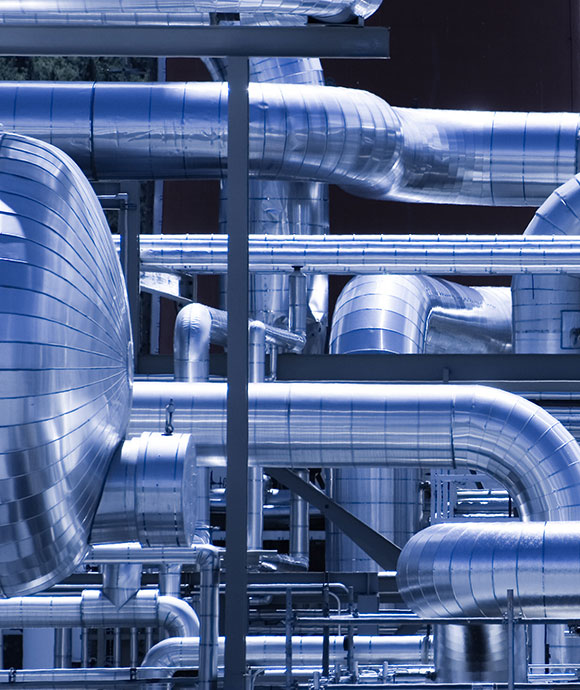Bottoms upgrading FCC additives
Bottoms upgrading FCC additive
Reducing the heavy fuel oil (bottoms or slurry) made from an FCC unit is a common challenge for refiners. In general, the components in the FCC feed boiling above 800°F (427°C) cannot be cracked by the zeolite component of an FCC catalyst as their molecular diameters are too large to pass through the openings in the zeolite crystal. These high molecular weight compounds must first be cracked on the catalyst matrix (mesoporous acidic alumina) before the pre-cracking molecules are small enough to enter the RE-USY zeolite for further cracking to gasoline and LPG.
Most commercial FCC catalysts have sufficient matrix activity to provide some cracking of high boiling point materials, however, this matrix activity is very quickly lost by the metal poisons in the feed.

Optimise FCC Units with BCA-105 for improved bottoms upgrading
Johnson Matthey’s bottoms cracking FCC additive, BCA-105TM ,selectively cracks the heaviest portion of the feedstock not otherwise converted by the base catalyst to lighter, more valuable products. As crudes being processed by refiners become increasingly heavier and more sour in composition, the heaviest liquid stream, or "bottoms" increases.
BCA-105 provides an important means to help solve this problem and has the added advantage of enabling the refiner to respond quickly and dynamically to changes in crude type, product pricing, and demand by addition of the additive as needed, rather than changing-out the base catalyst (e.g. switch between diesel and gasoline mode operations without change-out delay).

